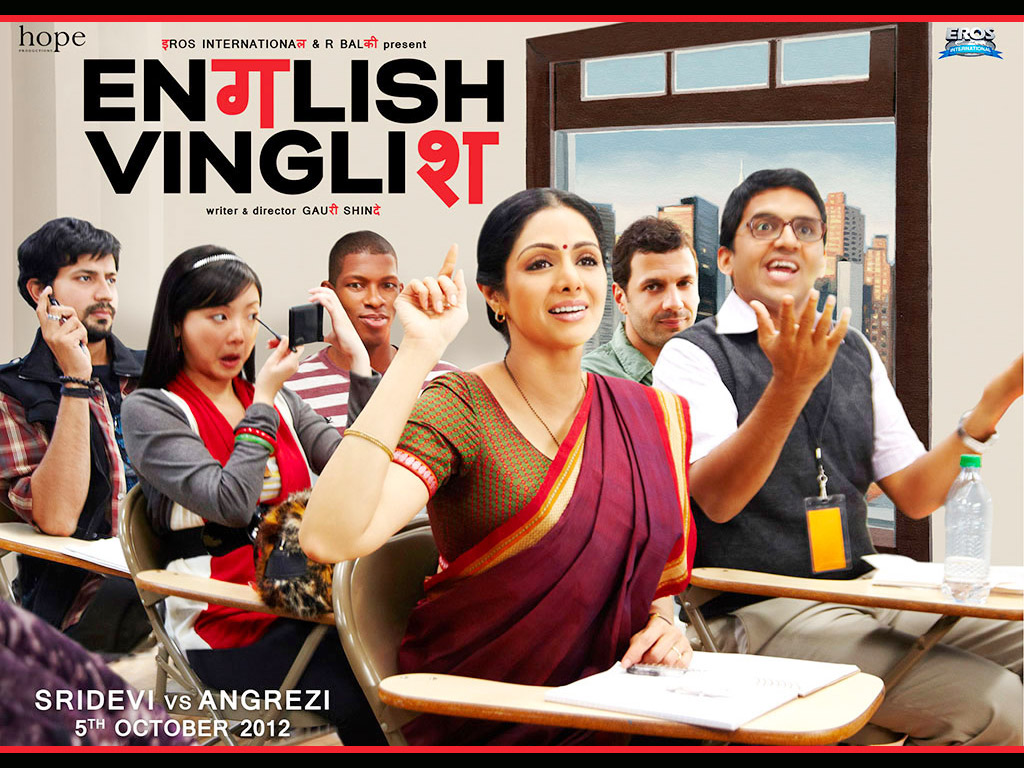The Magician of Celluloid.
Bioscope was the name given to an early form of projector used in the 1930s. This section will be a tribute to those days and a journey into the mysterious journey of film industry back in those days. Steven Spielberg once remarked, “Whatever can be written in books or seen with the eyes can be made into a film.” Well, he was not only farsighted and right when he said that but he was also a visionary who transformed the cinema world to new horizons. Spielberg was the first director who put together cartoons and real people in the same motion picture called ‘Who Framed Roger Rabbit’.
The movie is beautifully synchronized between humans and cartoons, with exceptional special effects. As far as one’s imagination can go there is nothing more one can think of which can be put in this movie and is not there. Creativity is defined in every dialogue, every scene and every expression. The cartoons cannot kill the humans and vice versa, while everything was going on smoothly between the two worlds, suddenly a rogue cartoon develops a way to kill cartoons. The film is unique in its own way as somewhere between the scenes and dialogues Spielberg sends us a message to be always happy like cartoons in his movie. Walt Disney’s famous creations like Goofey, Mickey Mouse are portrayed as real actors which makes their and our worlds comparable and equal.
Spielberg got behind the camera at the age of 11 as an assistant director for making a movie titled, ‘Wagon Train(1957)’, and he has never stopped making movies since then. He has made some extraordinary movies which were praised throughout the world by great film giants. Spielberg shot to fame very early and he maintains his level of excellence in his films even today. ‘The Indiana Jones’ series and ‘Back to the Future’ series are his landmark works which continue to entertain thousands even today. We all know about movies like Jaws, Adventures of Tintin , Jurassic Park movies, Extra Terrestrial and many more.
Spielberg directed some of the finest movies in Hollywood, I would especially mention and discuss one which is my personal favorite work by him, ‘The Schindler’s List’ (1993). The film is based on a true story set in the time of Hitler. The film has an overwhelming starcast with legends like Liam Neeson, Ben Kinglsey and Ralph Fiennes. I would like to remind my readers who these people are, Liam Neeson is famous for ‘Batman Series’ ( Christian Bale as Batman) for the role of Ducard (Bruce Wayne’s Trainer at The League of Shadows) , Ben Kingsley for ‘Gandhi’ and last but not the least Ralph Fiennes, many people know him by face but not by name. Ralph performed the famous role of Lord Voldemort in Harry Potter series. With this starcast one might wonder what a good plot would make the film like. Schindler’s List had an amazing plot which enhanced the experience of the viewers and made the movie legendary.
The plot revolves around a Nazi Czech business man Oskar Schindler who begins to feel for his Jewish workers after witnessing their persecution by the Nazis. Oskar employs Jewish workforce to start a factory in occupied Poland. The backdrop of the movie is the time of World War II, at the end of the tale, Oskar with his integrity intact manages to save around 1100 people from being sent off to gas chambers in Nazi concentration camps.
The movie boasts of extraordinary direction and equally matched acting skills. What the visual immediacy of Schindler’s List does is to prod each of us to fill in the gaps of emotion for ourselves. To put this another way, the more you are able to invest in this superb, demanding film, the more you are likely to get back. Schindler’s List is filmed in black and white, but the triumph of Neeson’s portrait and Steven Zaillian’s screenplay is that Oskar Schindler remains gray and enigmatic. The movie exudes an inescapable realism. Unlike a pastiche of newsreel footage, however, Spielberg craftily imbues Steven Zaillian’s masterful screenplay with an emotionally charged examination of calculated brutality.
The French author Flaubert once wrote that he disliked Uncle Tom’s Cabin because the author was constantly preaching against slavery. “Does one have to make observations about slavery?” he asked. “Depict it; that’s enough.” And then he added, “An author in his book must be like God in the universe, present everywhere and visible nowhere.” That would describe Spielberg, the author of this film. He depicts the evil of the Holocaust, and he tells an incredible story of how it was robbed of some of its intended victims. He does so without the tricks of his trade, the directorial and dramatic contrivances that would inspire the usual melodramatic payoffs. Spielberg is not visible in this film, but his restraint and passion are present in every shot.
Spielberg has always given the best to his work whether it be production or direction of movies. He has defined and redefined creativity and imagination through his work repeatedly. The director has strived to reach excellence through his amazing work and has undoubtedly left a deep impression on the world of entertainment. He is truly a magician of the celluloid world. Beyond all this his work is not just entertainment but rather a way of sending messages and pointing important issues concerning our civilization. Spielberg has never compromised with quality to produce or direct substandard movies which only aim at profits and leave indelible spots on the celluloid. He as a director has made sure his films leave a mark on his viewers and provoke thought and creativity.




